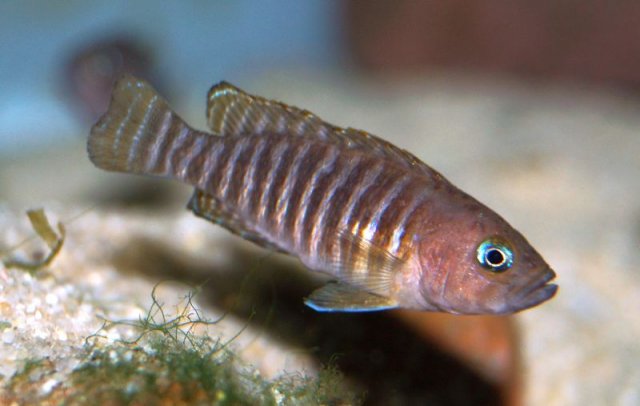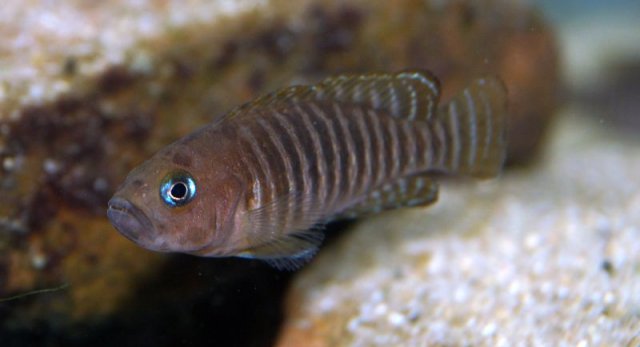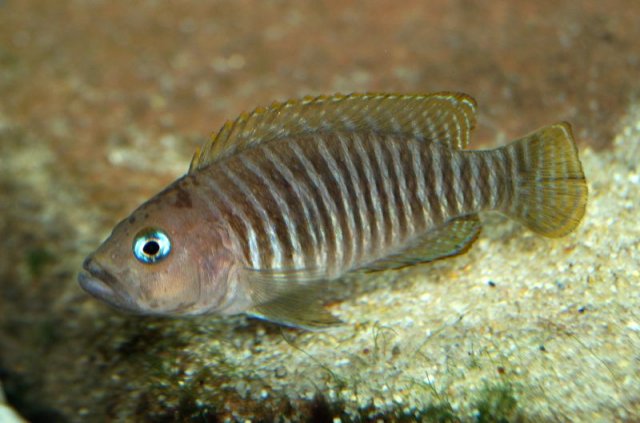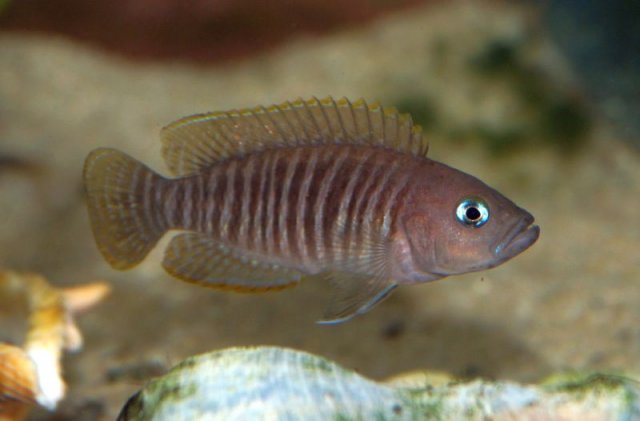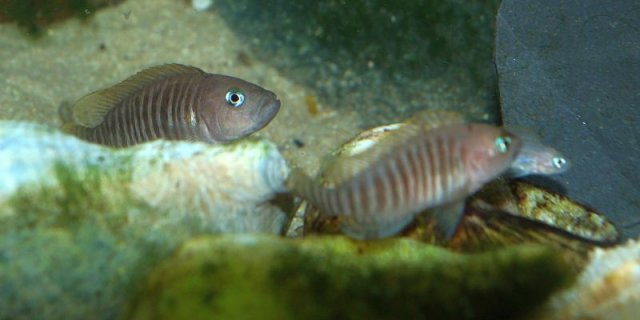Hello all,
I need a help in identifying these 10 multies gender, these are the ones I have with me past 4 months in my 11 gal Tankanyikan tank specially for multies & 8 of them are either 1 inch or 1.5 inch. I just want to be sure if I have the right balance of male and females. Every pic in the google drive provided here are numbered so that it will be easier for you folks to just quote the number and mention if the individual is a male or a female.
Help appreciated in advance !!
Multies Pics
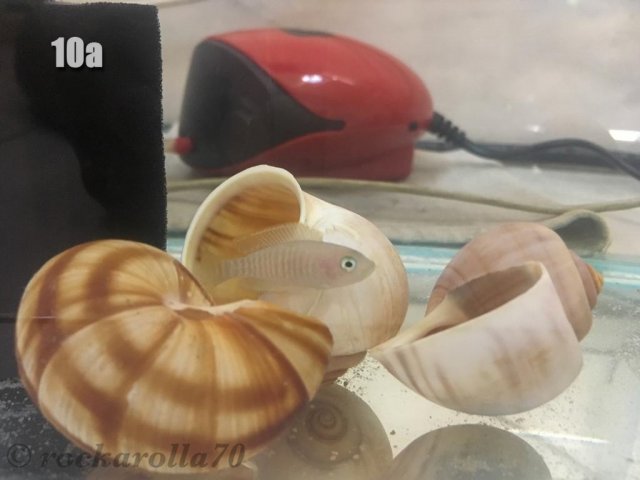
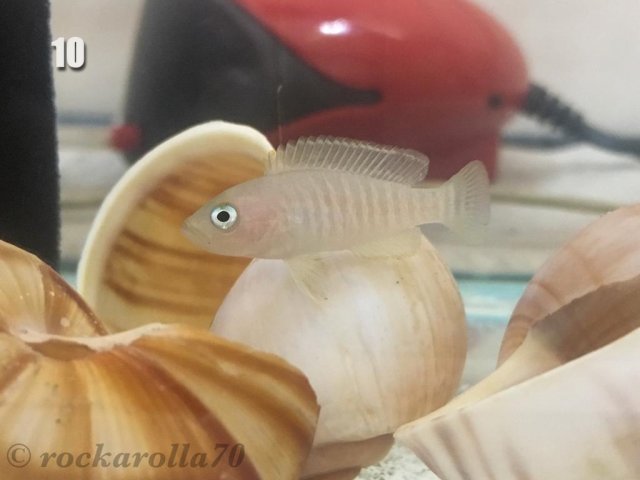
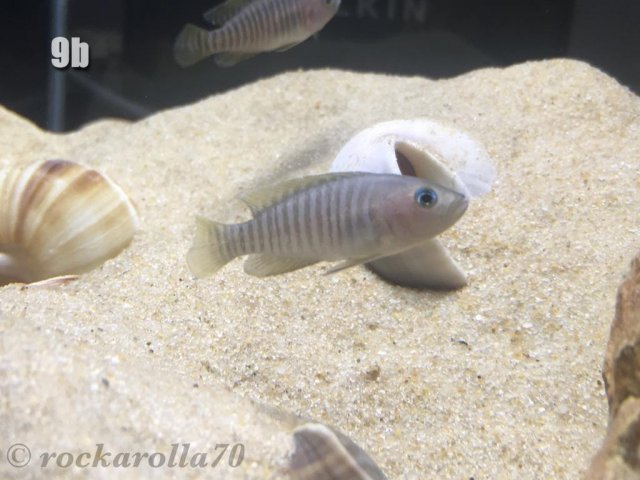
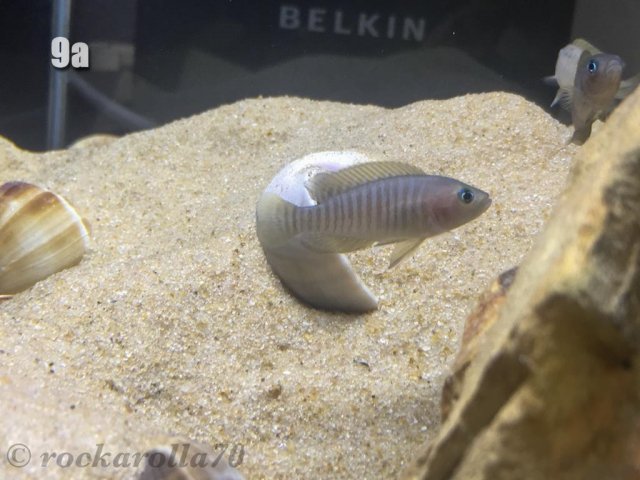
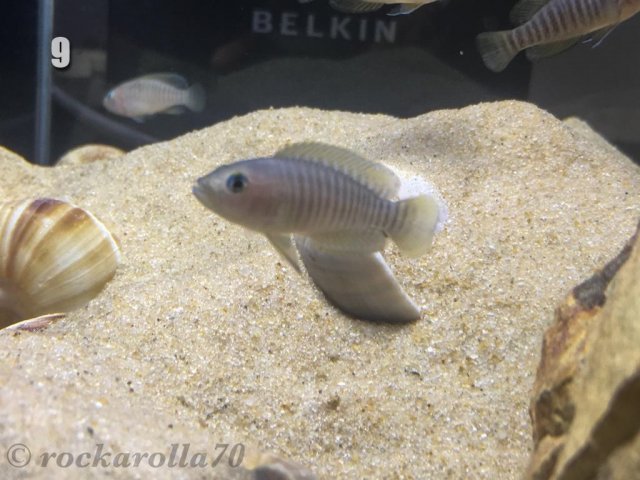
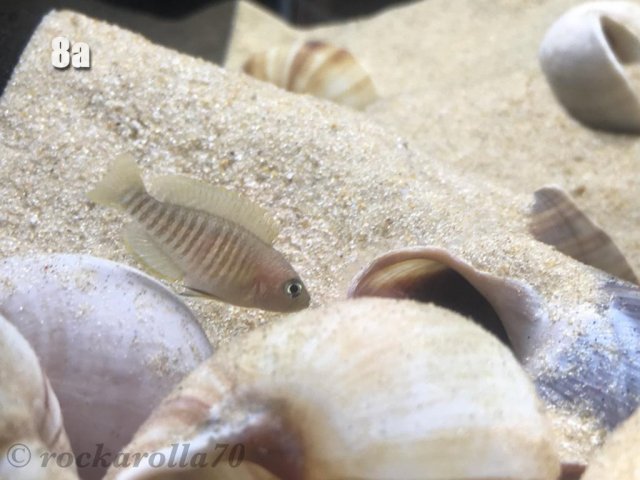
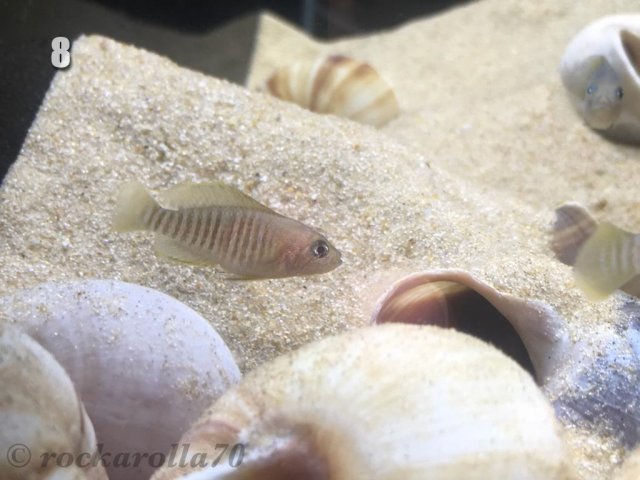
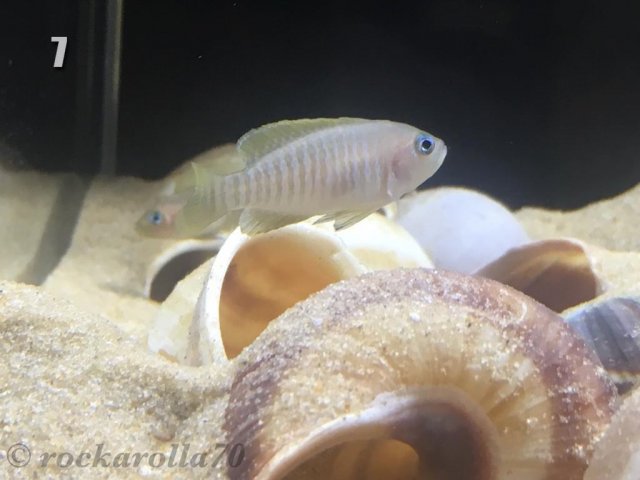
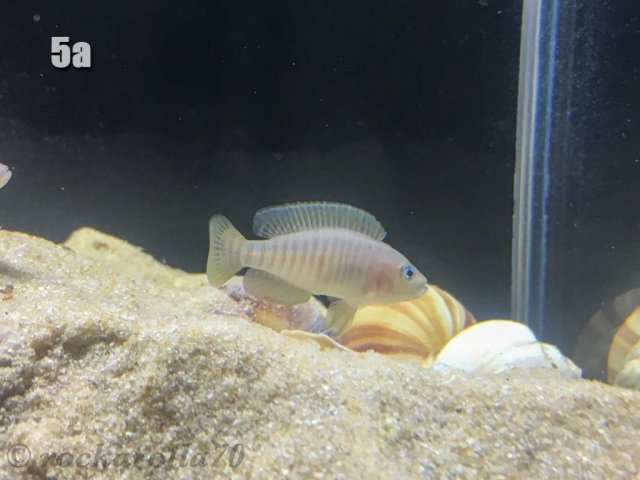
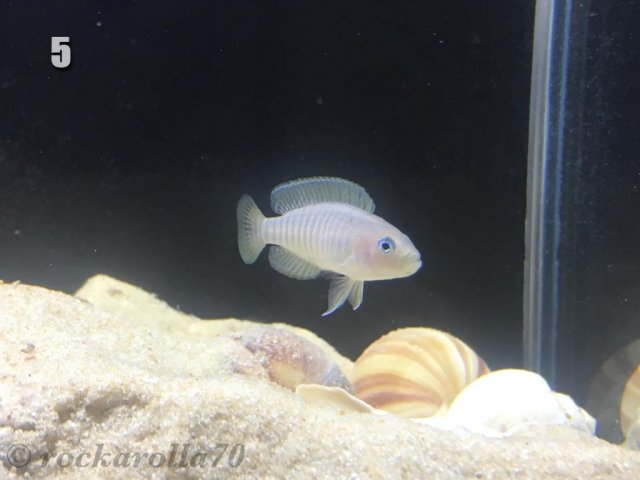


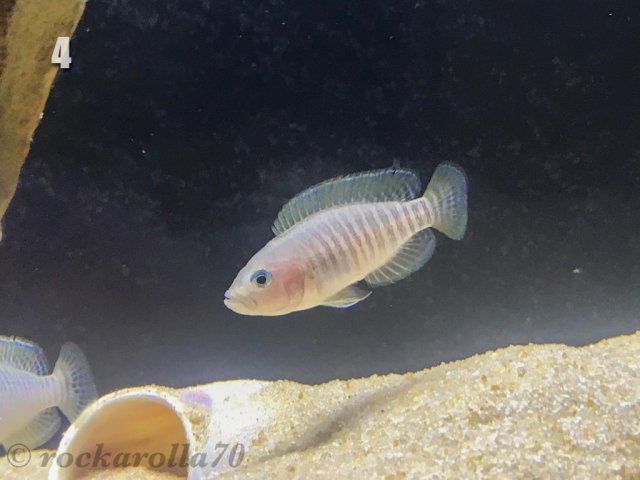
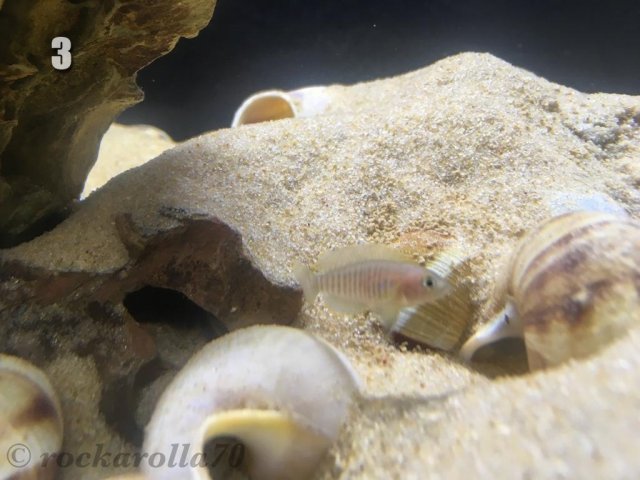
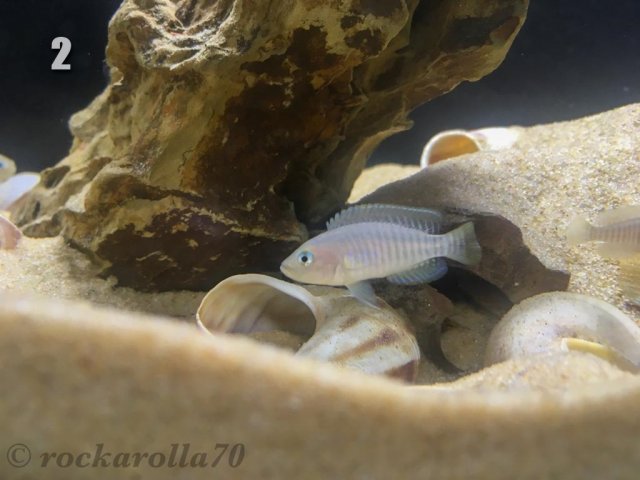

I need a help in identifying these 10 multies gender, these are the ones I have with me past 4 months in my 11 gal Tankanyikan tank specially for multies & 8 of them are either 1 inch or 1.5 inch. I just want to be sure if I have the right balance of male and females. Every pic in the google drive provided here are numbered so that it will be easier for you folks to just quote the number and mention if the individual is a male or a female.
Help appreciated in advance !!
Multies Pics




















